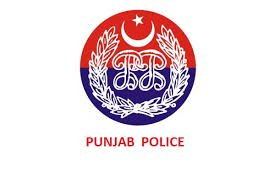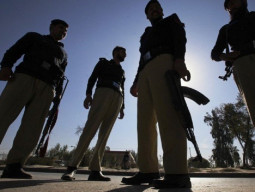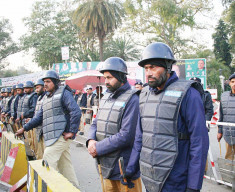
The instructions issued by SP Mobiles Bilal Zafar to the force directed the officials not to take any action that could cost the life of a citizen. He also directed them to behave politely with the citizens at pickets and take action following the law when illegal items such as drugs or ammunition were recovered from their custody. The action that was permitted by the law fell in the category of self-defense, he added.
“In case if a vehicle does not stop at a picket despite the signal, it should be reported through wireless to the police station concerned to help intercept the vehicle,” he added.
SOP also asked not to check documents of the vehicles at posts otherwise vowed to take strict action if a complaint was received. The SP also asked the force to stop only suspicious vehicles. “The citizens should not be unnecessarily be disturbed”, he said. SP Zafar said the force should use an Android mobile phone so that maximum suspicious persons and vehicles could be checked.
A few days back, four people including a mother and her teenage daughter were killed in a reportedly fake encounter by the Counter Terrorism Department (CTD) in Sahiwal. Three children were also injured in the incident. The CTD had claimed that it was an intelligent-based operation to hunt the terrorists. It had declared the deceased persons as suspected terrorists. The CTD had also claimed that the people in the vehicle had opened fire at the CTD team. However, footages of the incident and later investigations had raised serious questions on the action of the department.





























1713853507-0/MalalaHilary-(2)1713853507-0-270x192.webp)








COMMENTS
Comments are moderated and generally will be posted if they are on-topic and not abusive.
For more information, please see our Comments FAQ